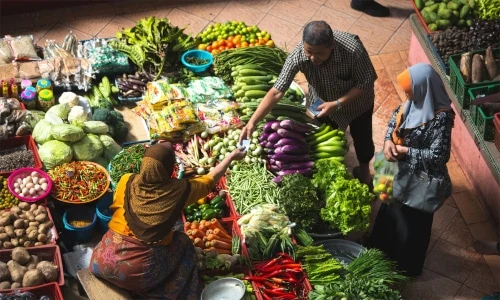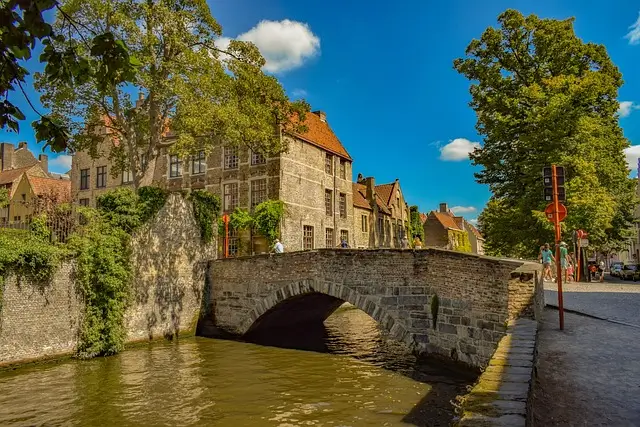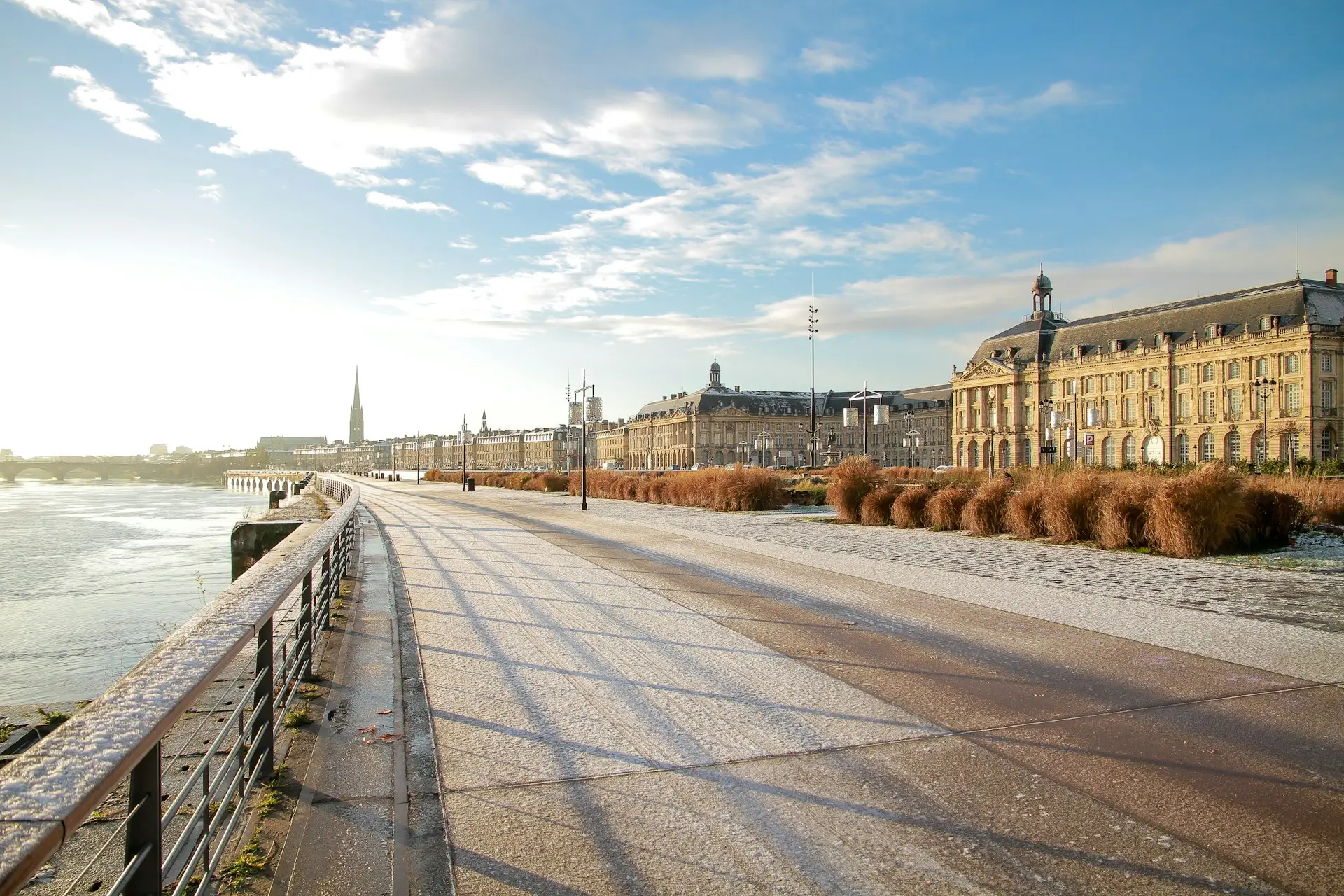The Accidental Gourmet: Mastering the Art of Culinary Improvisation
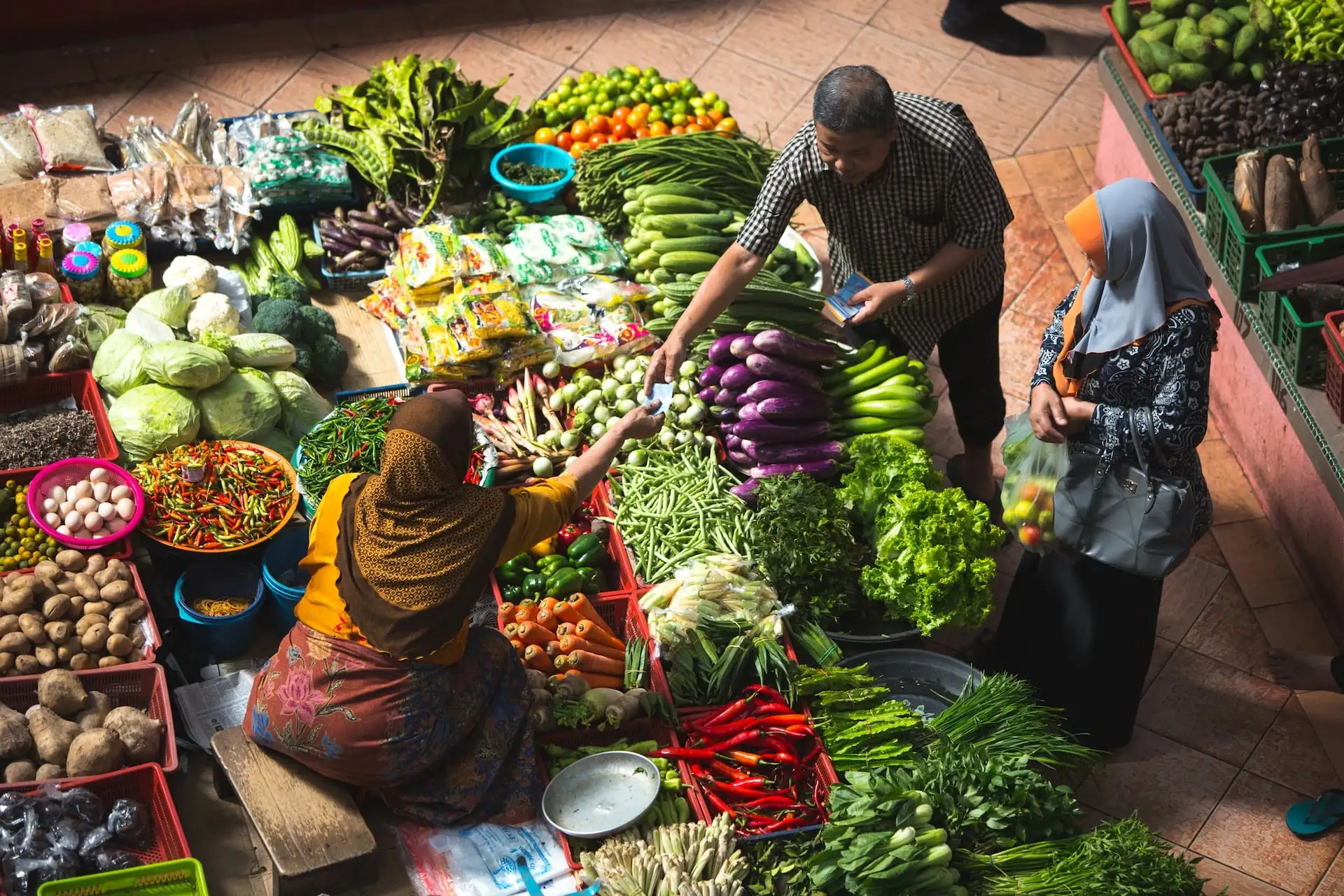 Art of culinary improvisation
Art of culinary improvisationHave you ever been stuck in the kitchen and don't know what to cook? You randomly open the fridge, glance at a few available things, and wonder, "What can I do with this?" It would be a surprise if you could make something delicious for you and your family with what you already have. This is called the magic of culinary improvisation.
Instead of being bound to strict recipes, you could be creative and intuitive as you create extraordinary meals from the everyday ingredients. No fancy tools, no complex techniques, just a desire to experiment and have a good meal time.
Culinary improvisation is about using leftovers, shopping at your local market, or mixing things up on the fly, and it’s about having an endless number of possibilities.
Are you also thinking of mastering the art of culinary improvisation? We got you right, so let's explore together
In this article, we’ll teach you how to eat the unexpected and learn the art of cooking without rules.
It's so easy to experiment with your kitchen like a playground of flavor. Now it's high time for you to learn culinary improvisation, techniques and tricks to ace the game.
What is the Art of Culinary Improvisation?
Cooking without a recipe is culinary improvisation. It’s your intuition, taste, and the stuff you have on hand.
You don’t follow instructions to the letter, you go with your gut and you make decisions as you go. This allows you to feel creative in the kitchen. Here your kitchen turns into a place where you have free hands to try new combinations and flavors.
For instance, if you didn’t have a certain ingredient, you could substitute it with something else, like Greek yogurt for sour cream. It’s about being flexible and resourceful.
Improvisation allows you to make dishes all your own, which encourages your creativity and confidence in the kitchen. You do not need to be constrained by recipes anymore. You can choose any flavor combinations you want and have endless flavor adventures with every meal rather than forcing you to stick to one meal.
6 Tips to Master the Art of Culinary Improvisation
Creative culinary improvisation is about creativity, experimenting and trusting your instincts. If you want to really master this art, you need to build a foundation of knowledge and habits that work with your spontaneous cooking adventures.
Here are six detailed tips that will help you become an expert at improvising in the kitchen:
Know Your Ingredients
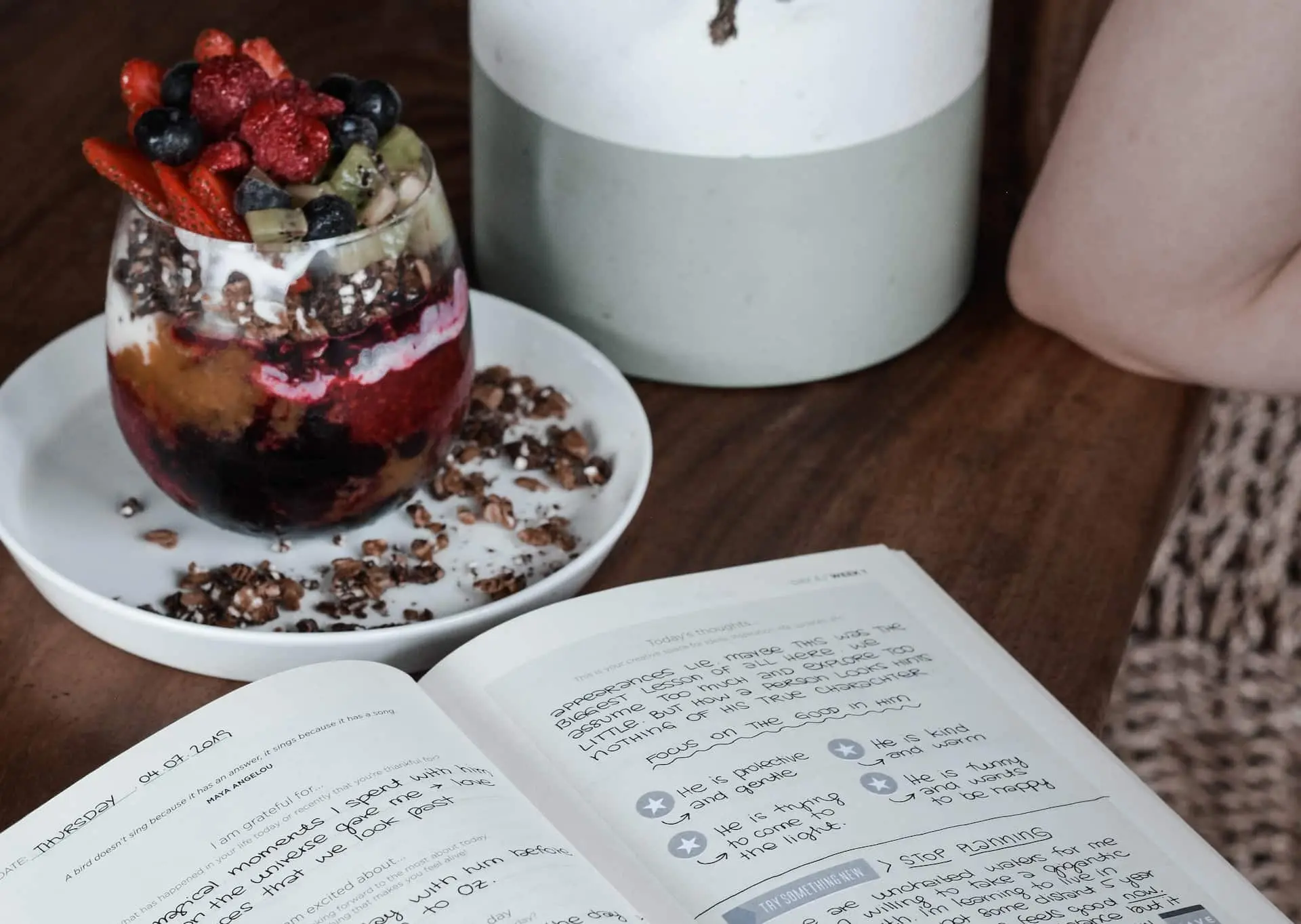 Try new ingredients.
Try new ingredients.The first step in becoming a master at culinary improvisation is understanding the ingredients you’re working with. Each ingredient has its properties: the taste, the texture and how they taste when they cook.
For example, tomatoes are sweet and acidic; leafy greens like spinach are delicate and wilt when cooked. Once you know how ingredients work, you can intuitively mix them together so that the flavors cohesively mix.
When you know your ingredients, then you can easily make your desired dish with them. Thyme is a simple herb that can easily turn roasted vegetables or soups from ordinary to extraordinary, and olive oil gives dishes a richness whether they are savoury or sweet. This means you can improvise with confidence when you don’t have a recipe.
Pro Tip: Each week try new ingredients. Write a kitchen journal to help keep track of the flavor profiles of each ingredient and how it works with others. Doing this will get you to build a 'culinary vocabulary' so you can create new dishes without a recipe.
Stock a Versatile Pantry
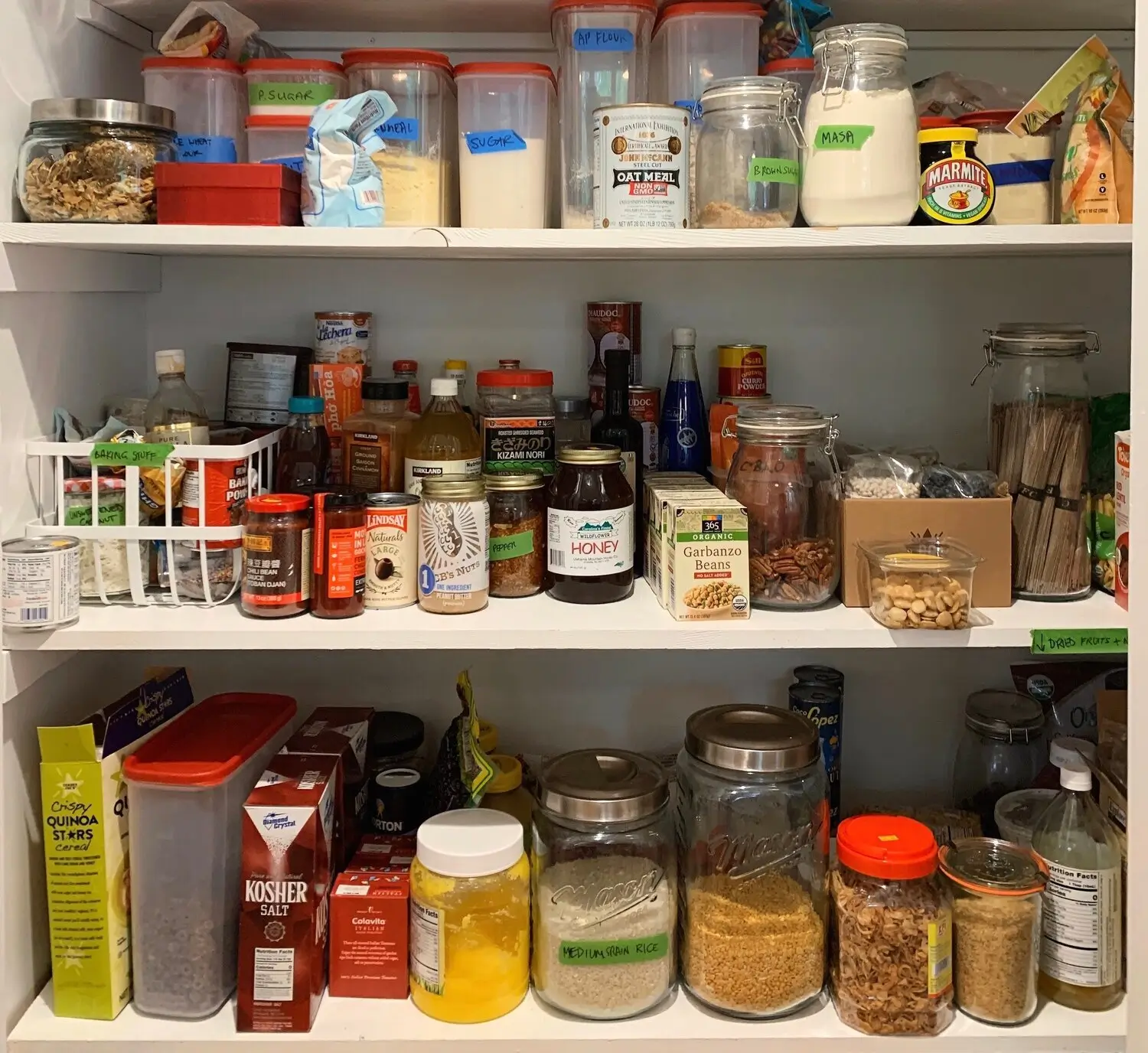 Well stocked pantry
Well stocked pantryOne of the most important tools of culinary improvisation is a well stocked pantry. When you have pantry staples, you can whip up meals with little to no shopping at the store required.
Rice, pasta, canned beans, lentils and grains are staples that are good building blocks for quite a few meals. Spices and oils bring depth and complexity to the dish; vinegars and sauces can round the flavors with just a few drops.
These versatile ingredients will give you a chance to stock your pantry and still have a variety of meals. Being able to improvise is easy whether you’re making a quick stir fry, or a hearty soup, or a salad, when you have the right essentials. This will make you able to pull together meals with what you have, which is one of the ways you can be more creative in the kitchen.
Pro Tip: Pick out a list of pantry items that you want to have, like garlic, olive oil, canned tomatoes, and dried herbs. These are the basics you should keep stocked regularly so that when you don’t have time to plan out a dinner, you have the ingredients at hand to start your improvisational cooking.
Use What You Have
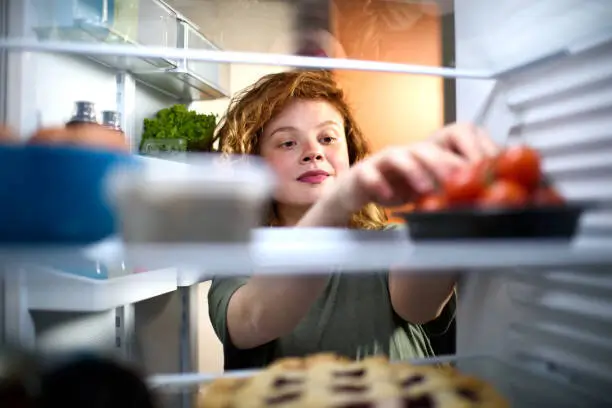 Culinary improvisation
Culinary improvisationThe core principles of culinary improvisation are to use what you already have in your kitchen. So, instead of running to the store for specific ingredients, take a look at your fridge, freezer and pantry to see what you may already have on hand. It’s amazing how many delicious meals you can make with leftovers or things you often overlook.
First of all, try cooking with random ingredients you come across that you wouldn’t normally use. Maybe you have half a head of lettuce, some cooked chicken, and a few leftover roasted potatoes, you can put them into a salad or a hearty bowl.
All you need is to open your cupboards, look for the things you already have, and yes you are going to try something new and delicious. With time, you will begin to think creatively and fast if you can use what you have, waste is reduced and cooking is made more resourceful.
Pro Tip: If you need a little inspiration next time you’re not sure what to make, grab five random ingredients from your fridge or pantry and whip up a meal. Play around and see what you can make out of what’s on hand. It will also make you better at improvising in any kitchen.
Experiment with Flavor Combinations
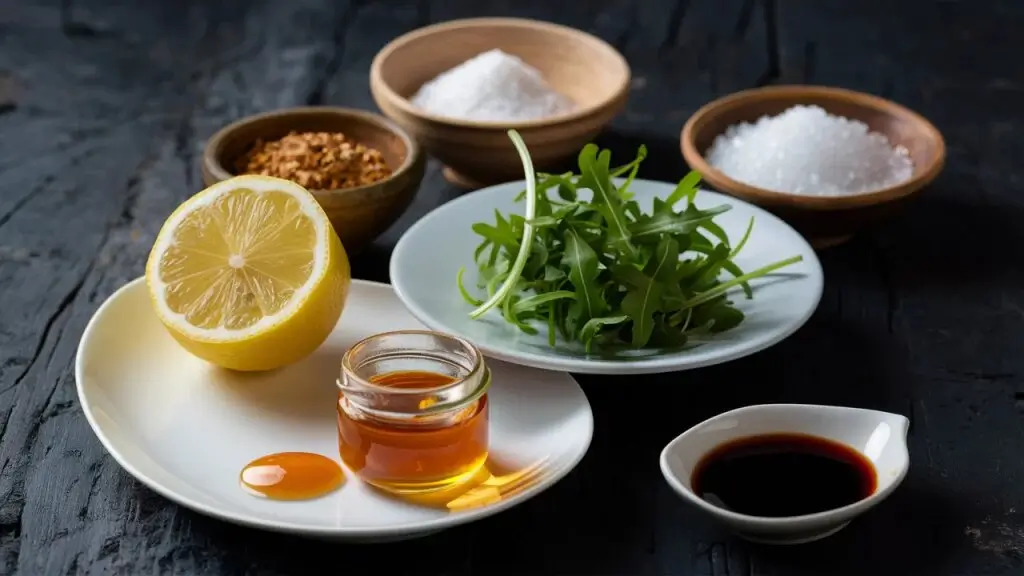 Flavor combinations
Flavor combinationsThe endless flavor combinations of culinary improvisation is one of the beauties of it. You don’t have to follow the straight and narrow: bold and subtle can be a killer combo.
To give an example, a salty cheese like feta is so much better with sweet fruit like watermelon or strawberries. The richness of avocado can counteract the acidity of citrus or vinegar in a salad, as well.
By mixing textures, flavours and temperatures you can make more dynamic dishes. Imagine the combination of crunchy nuts with creamy sauces or the contrasting of roasted meats with a fresh, tangy salsa. It’s okay to try opposites, too, as these unexpected pairings can be the best for both ingredients.
Pro Tip: Use what you like and pair it with something unexpected. You might, for example, pair soft cheese with herbs or spice chili peppers with sweet fruits. Think about what you did well and repeat that for your next meal.
Trust Your Instincts
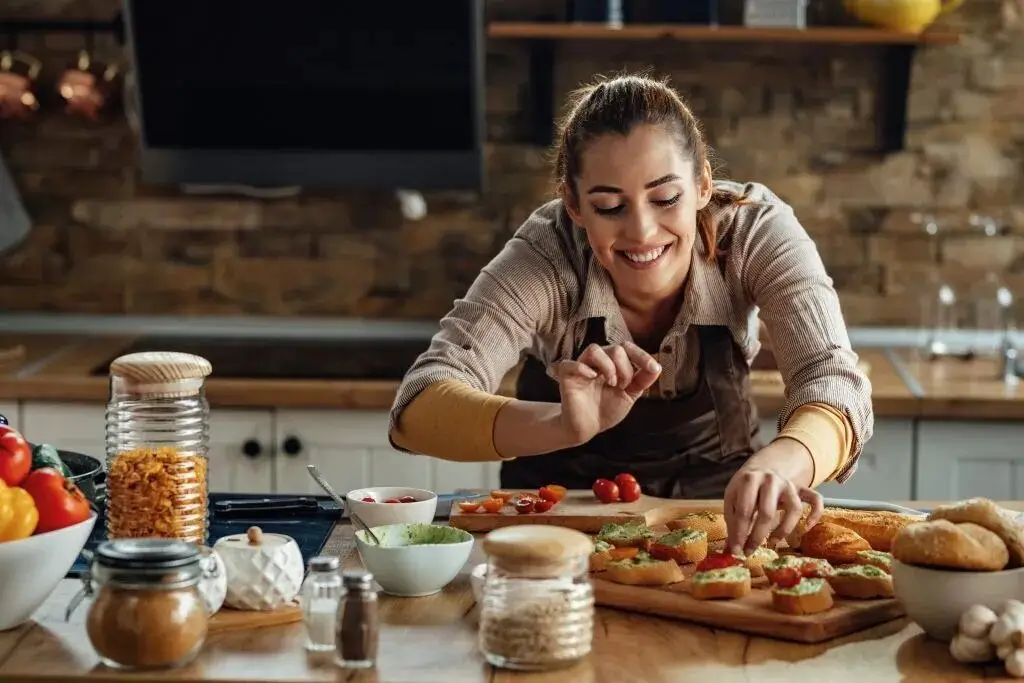 Improvising in the kitchen is to trust your gut.
Improvising in the kitchen is to trust your gut.One of the most important things you need to learn when you are improvising in the kitchen is to trust your gut. Instead of staying rigid to the recipe, learn to trust your senses, taste, smell and touch. Everyone knows that cooking is an art and no one knows your preferences better than you.
When cooking, taste throughout, adding seasoning or balance of flavors along the way if that’s the way it feels. If you want something, add a little spice or a little vinegar to bring it up.
Eventually, you’ll be able to adjust flavors on your own and know when to make small tweaks for a better result. There is no reason to be afraid to go off the recipe, it’s about experimenting and finding what works for you.
Pro Tip: Reflect on your flavors right after each meal. Did something feel off? Next time, let your instincts take over and make it right.
Keep It Simple
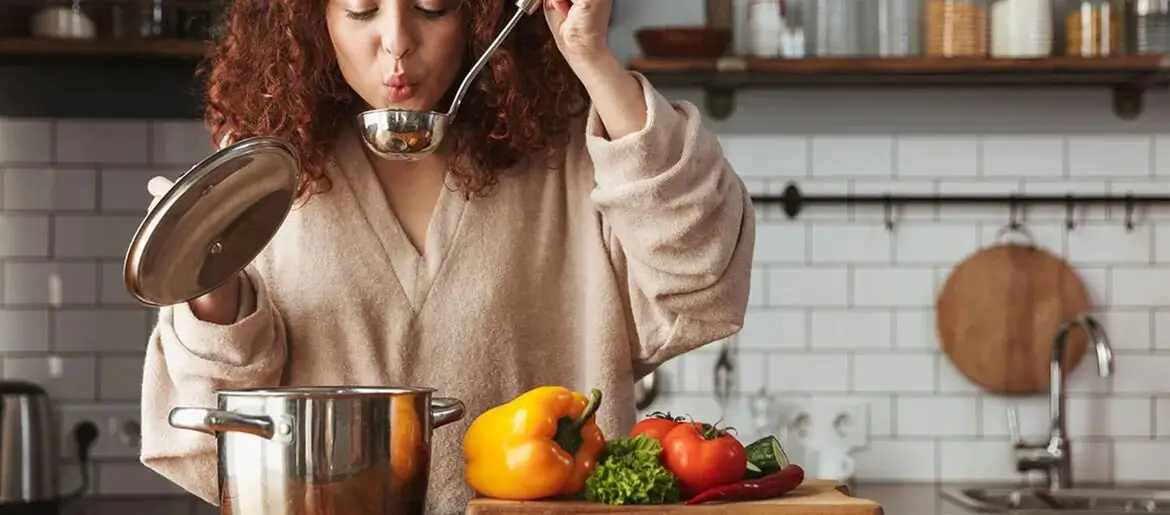 Keep Cooking Simple
Keep Cooking SimpleCooking is all about culinary improvisation and it isn’t hard. In fact, some of the best meals are those that keep things simple. Improvisation is beautiful, because you let the ingredients speak for themselves, using fresh, quality ingredients and keeping things simple. They’re also relatively easy to whisk, roast, grill, or sauté and allow the natural flavors to shine through.
To get the most out of this approach, choose one or two main ingredients and work those into the meal. Let’s consider a wholesome meal like a perfectly roasted chicken with a nice side of sautéed greens. In other words you do not need any bells and whistles or any unnecessary elaborate sauces. That makes the cooking part fun and often yields a result much better than it would have been.
Pro Tip: Start with a few selected ingredients and a quick, easy preparation method such as grilling or roasting. Shine through the natural flavors and you’ll see how simply it will change into flavor.
Conclusion:
With culinary improvisation you are able to embrace the unexpected, break through barriers, and find flavors that share your experiences.
If you can adapt, trust in your instincts and, yes, celebrate mistakes, you’ll be a better, more confident and more innovative cook. Exploration is a new city, and the kitchen is full of it.
That means whether you’re cooking a quick meal at home or making something special using local ingredients on the road, let go of the rules and have fun.
Are you ready to make your next unplanned dish? Let the world be your kitchen and every meal your next adventure.
